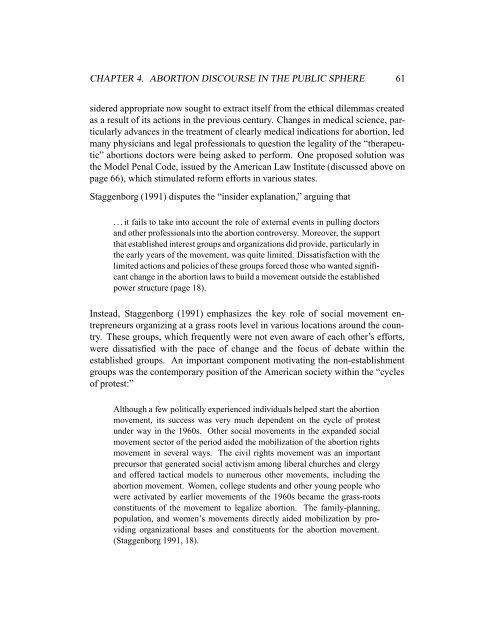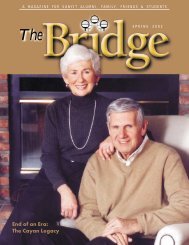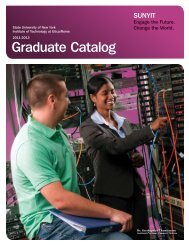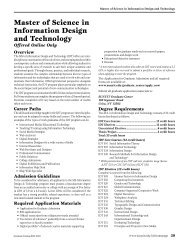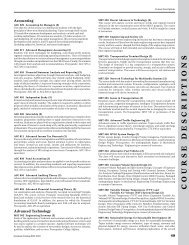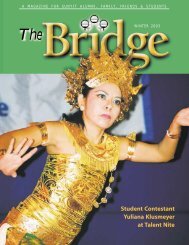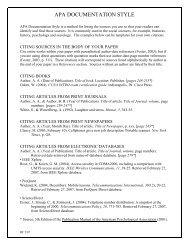Expanding the Public Sphere through Computer ... - ResearchGate
Expanding the Public Sphere through Computer ... - ResearchGate
Expanding the Public Sphere through Computer ... - ResearchGate
You also want an ePaper? Increase the reach of your titles
YUMPU automatically turns print PDFs into web optimized ePapers that Google loves.
CHAPTER 4. ABORTION DISCOURSE IN THE PUBLIC SPHERE 61<br />
sidered appropriate now sought to extract itself from <strong>the</strong> ethical dilemmas created<br />
as a result of its actions in <strong>the</strong> previous century. Changes in medical science, particularly<br />
advances in <strong>the</strong> treatment of clearly medical indications for abortion, led<br />
many physicians and legal professionals to question <strong>the</strong> legality of <strong>the</strong> “<strong>the</strong>rapeutic”<br />
abortions doctors were being asked to perform. One proposed solution was<br />
<strong>the</strong> Model Penal Code, issued by <strong>the</strong> American Law Institute (discussed above on<br />
page 66), which stimulated reform efforts in various states.<br />
Staggenborg (1991) disputes <strong>the</strong> “insider explanation,” arguing that<br />
...it fails to take into account <strong>the</strong> role of external events in pulling doctors<br />
and o<strong>the</strong>r professionals into <strong>the</strong> abortion controversy. Moreover, <strong>the</strong> support<br />
that established interest groups and organizations did provide, particularly in<br />
<strong>the</strong> early years of <strong>the</strong> movement, was quite limited. Dissatisfaction with <strong>the</strong><br />
limited actions and policies of <strong>the</strong>se groups forced those who wanted significant<br />
change in <strong>the</strong> abortion laws to build a movement outside <strong>the</strong> established<br />
power structure (page 18).<br />
Instead, Staggenborg (1991) emphasizes <strong>the</strong> key role of social movement entrepreneurs<br />
organizing at a grass roots level in various locations around <strong>the</strong> country.<br />
These groups, which frequently were not even aware of each o<strong>the</strong>r’s efforts,<br />
were dissatisfied with <strong>the</strong> pace of change and <strong>the</strong> focus of debate within <strong>the</strong><br />
established groups. An important component motivating <strong>the</strong> non-establishment<br />
groups was <strong>the</strong> contemporary position of <strong>the</strong> American society within <strong>the</strong> “cycles<br />
of protest:”<br />
Although a few politically experienced individuals helped start <strong>the</strong> abortion<br />
movement, its success was very much dependent on <strong>the</strong> cycle of protest<br />
under way in <strong>the</strong> 1960s. O<strong>the</strong>r social movements in <strong>the</strong> expanded social<br />
movement sector of <strong>the</strong> period aided <strong>the</strong> mobilization of <strong>the</strong> abortion rights<br />
movement in several ways. The civil rights movement was an important<br />
precursor that generated social activism among liberal churches and clergy<br />
and offered tactical models to numerous o<strong>the</strong>r movements, including <strong>the</strong><br />
abortion movement. Women, college students and o<strong>the</strong>r young people who<br />
were activated by earlier movements of <strong>the</strong> 1960s became <strong>the</strong> grass-roots<br />
constituents of <strong>the</strong> movement to legalize abortion. The family-planning,<br />
population, and women’s movements directly aided mobilization by providing<br />
organizational bases and constituents for <strong>the</strong> abortion movement.<br />
(Staggenborg 1991, 18).


